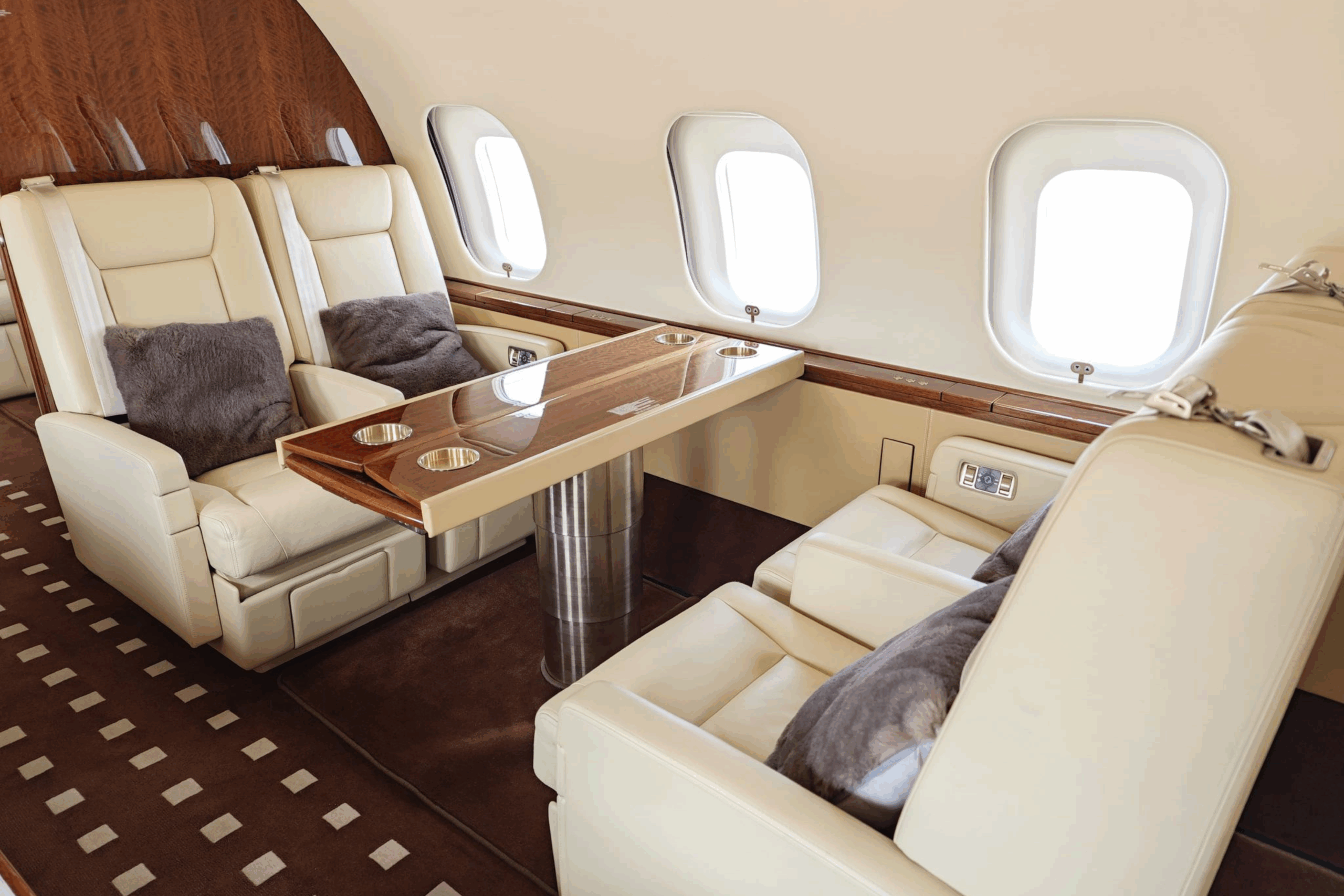Introduction
The aviation business has seen a remarkable transformation over the past few a long time, particularly with the emergence and progress of private airlines. These airlines, typically characterized by their unique services, personalized experiences, and adaptability, have carved a niche available in the market traditionally dominated by commercial carriers. This case study explores the evolution, operational fashions, challenges, and impacts of private airlines inside the broader context of the aviation sector.

The Evolution of Private Airlines
Private airlines began to achieve traction within the late twentieth century, primarily catering to affluent travelers searching for consolation and convenience. Early gamers in this market included companies like NetJets and Flexjet, which pioneered the idea of fractional ownership and jet card programs, allowing individuals to purchase a share of an aircraft or flight hours without the burdens of full ownership.
As technology advanced and the demand for personalized journey experiences increased, more private airlines emerged. By the twenty first century, private aviation was no longer restricted to the extremely-rich; it began to draw a broader clientele, together with enterprise executives and families searching for efficient travel choices. The rise of online booking platforms and cell purposes additional democratized access to private air travel, making it more interesting to a diverse range of shoppers.
Operational Models
Private airlines function beneath numerous fashions, every designed to fulfill specific market calls for. The most common fashions embrace:
- Charter Providers: These airlines provide on-demand flights, permitting clients to e book flights primarily based on their schedules somewhat than mounted timetables. This model is especially common among companies that require flexibility in journey preparations.
- Fractional Ownership: Companies like NetJets enable clients to buy shares in an aircraft, granting them access to a sure variety of flight hours per 12 months. This model reduces the costs related to possession whereas offering the advantages of private flying.
- Jet Card Packages: Similar to fractional ownership, jet card programs supply clients pay as you go flight hours on a particular aircraft type, providing an economical and versatile solution for frequent travelers.
- Membership Programs: Some private airlines operate on a membership basis, where prospects pay an annual fee for access to private jets. This model usually includes additional perks, comparable to concierge companies and priority booking.
Market Dynamics and Growth
The private airline market has skilled vital growth, pushed by numerous elements. The global wealth enhance, significantly amongst high-web-price people, has fueled demand for private air travel. Additionally, the COVID-19 pandemic performed a pivotal function in reshaping travel preferences, as travelers sought safer and extra controlled environments. Private airlines reported a surge in bookings as travelers opted for private flights to keep away from crowded industrial airways.
According to a report by the International Air Transport Affiliation (IATA), the private aviation sector is expected to grow at a compound annual progress fee (CAGR) of 5.5% from 2021 to 2028. This progress is additional supported by developments in aircraft technology, making private flying extra efficient and environmentally pleasant.
Challenges Facing Private Airlines
Regardless of the promising growth trajectory, private airlines face several challenges that could affect their sustainability and profitability:
- High Operational Prices: Working private jets entails significant bills, together with upkeep, gas, and crew salaries. These costs could be a barrier to entry for new gamers and may have an effect on the pricing strategies of current airways.
- Regulatory Hurdles: The aviation trade is heavily regulated, and luxury private jet charter airlines should navigate complex rules that vary by country. Compliance with security requirements and air traffic laws may be challenging and costly.
- Market Competitors: The rise of private airlines has led to increased competition, not solely among private carriers but additionally with commercial airlines which can be expanding their premium choices. This competition can pressure pricing and profit margins.
- Environmental Issues: As consciousness of local weather change grows, private airlines face scrutiny over their environmental impact. The aviation sector is underneath pressure to adopt sustainable practices, and private airlines should invest in greener applied sciences to meet evolving consumer expectations and regulatory requirements.
The Affect of Private Airlines
Private airlines have made a big affect on the aviation trade and the broader economy. Their influence might be noticed in several areas:
- Economic Contributions: Private aviation contributes to job creation, financial development, and tourism. According to a examine by the National Business Aviation Association (NBAA), enterprise aviation supports over 1.2 million jobs and contributes $150 billion to the U.S. economy alone.
- Business Efficiency: Private airlines enhance enterprise effectivity by providing executives with the power to journey on to their locations without layovers or delays. This increased productivity can lead to higher business outcomes and more profitable ventures.
- Innovation in Journey: The rise of private airlines has spurred innovation in the journey sector, resulting in advancements in customer support, expertise, and operational efficiency. Airlines are increasingly leveraging data analytics and artificial intelligence to enhance the client expertise and optimize flight operations.
- Altering Client Preferences: The expansion of private airlines has shifted shopper expectations regarding air travel. Travelers at the moment are more inclined to hunt personalized services, comfort, and adaptability, prompting commercial airlines to adapt their offerings accordingly.
Conclusion
The emergence of private airlines has reworked the aviation panorama, offering travelers with alternative options that prioritize consolation, effectivity, and personalization. While the sector faces challenges, its growth potential stays strong, driven by evolving client preferences and advancements in know-how. As private airlines proceed to innovate and adapt, they will play an increasingly very important role in shaping the future of air journey and the global financial system. The continuing evolution of this sector can be carefully watched by business stakeholders, traders, and shoppers alike, because it holds the promise of redefining the best way we experience air travel.









